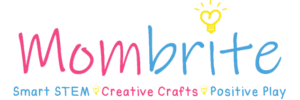In this simple and easy sound wave water experiment, your kids will love watching “sound waves” radiate in all directions, just like ripples in water!
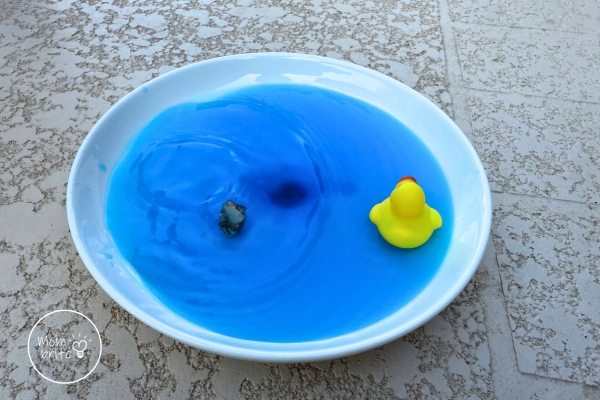
Imagine this… You’re standing next to a quiet pond. You pick up a small rock and gently toss it into the water. Plop! What happens?
Ripples start spreading out in circles from where the rock landed. These ripples move across the water, getting bigger and wider.
Sound works in a very similar way!
When you talk, clap, or make a noise, you’re not throwing a rock, but you’re doing something just as cool — you’re making the air vibrate!
Those vibrations move through the air like ripples move through the water. The sound starts at your mouth and travels in all directions — just like the ripples in the pond.
That’s why this simple sound wave water experiment is the perfect way to introduce the concept of sound waves to preschoolers and elementary school students. When kids watch sound waves create ripple patterns, they understand that sound isn’t just something we hear, but a physical force that travels through materials.
For this sound experiment, all you need is water, a rubber ducky and something to drop in the water!
Making Sound Waves Visible in Water
Materials:
- Bowl or deep plate
- Water
- Rubber ducky or any floating object
- A small item
- Optional: Food coloring
Instructions:
1. Pour water into a bowl or deep plate.
2. Optional: Add a few drops of food coloring to the water. Adding food coloring is not necessary but may make it easier to see the ripples.
3. Place a rubber ducky or a floating object in the water.
4. Drop a pebble or any small object. Be careful not to drop anything too heavy that might crack the plate or bowl. For the pebble, I instructed my daugher to drop it from right above the water to ensure minimal impact to the plate.
5. Observe the ripples caused by the disturbance in the water. Pay special attention to how the ripples radiate outward from a central point. How do the waves affect the rubber ducky?
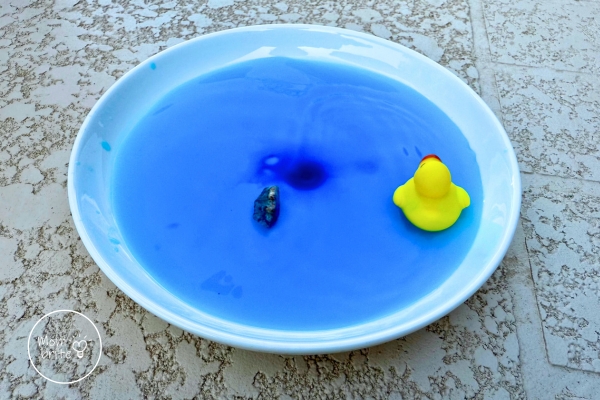
6. Observe what happens when the ripples hit the side of the plate. Do the ripples bounce back? If necessary, use a bigger and/or heavier object to create larger waves.
If you have a pool, I highly recommend trying this experiment by dropping various objects into the pool. You can drop the objects from different heights and observe the effect of the ripples on the rubber ducky. If you don’t have a pool, you can also conduct this experiment in a bathtub.
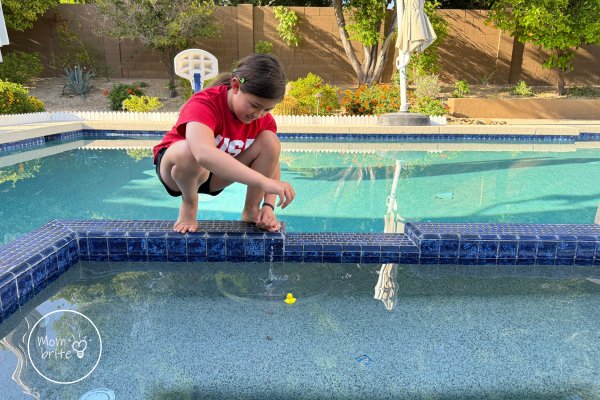
With a larger body of water, you can clearly see how the ripples move outward from where you dropped the object and the effect of the waves on the rubber ducky. Plus, the kids get a kick out of it!
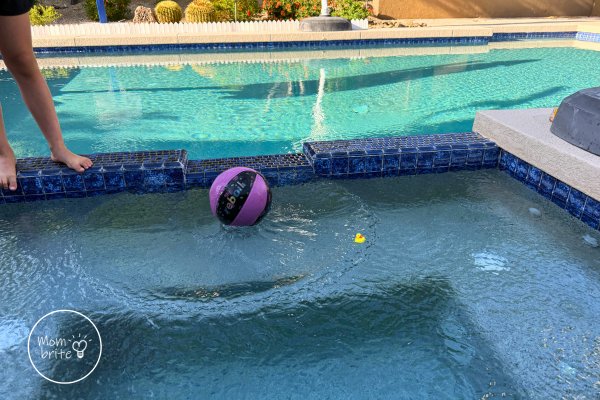
How are Sound Waves like Ripples in Water?
Think of sound waves like invisible ripples moving through the air. Just as tossing a stone into a pond sends waves across the surface, clapping your hands sends waves through the air to someone’s ears.
Both sound waves and ripples in water are types of waves that carry energy through a medium. Starting with a disturbance (a drop in water or a vibration in air), both transfer energy and spread out from the source. Moreover, both sound waves and ripples can reflect, bend, and interfere, like echoing sound or ripples bouncing off a wall.
This sound wave water experiment is a simple activity to show preschoolers and kindergarteners how sound works. After they grasp the concept of sound waves, you can continue the fun with the salt vibration experiment and read about bats and echolocation!
YOU MAY LIKE:
